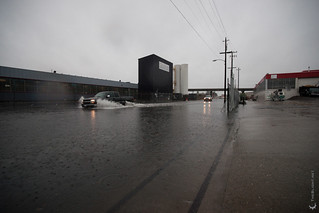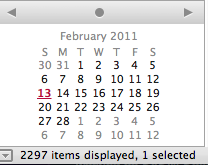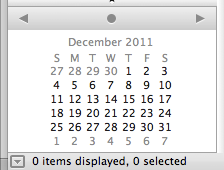
In the New York Times Bits blog, Nick Bilton has a thought-provoking piece called Disruptions: Looking for Relief from a Flood of Email.
He confesses filing email bankruptcy to get out from a mountain of 46,315 unread emails, and explores some reasons behind the phenomenon of email overload and burnout. He also highlights one creative (and less extreme than bankruptcy) solution:
Some people have come up with their own solutions to the problems email presents. Luis Suarez, lead social business enabler for IBM, decided to take on his inbox several years ago, and by all accounts seems to have won.
He said he had moved most of his communication to public and social platforms. When people contact Mr. Suarez by email, unaware that he is not a fan of that route, he scans their email signature for a social network they use and then responds in a public forum, whether on Twitter, Google Plus or LinkedIn. This way, he says, he can deal with several messages at once.
Over the last few years, he has managed to get his inbox down by 98 percent. He rarely uses email anymore.
“If email was invented today, it probably would not have survived as a technology,” Mr. Suarez said. “Social and public sites are much more efficient.”
I agree that social networks can be much more efficient, but taking email contents to public forums needs to be done with care and consultation. For example, sometimes I get questions by email, and I ask the sender if it’s OK to answer in public on SMUG or elsewhere. That makes the answers more accessible to others who may have the same questions, and also invites others to share their perspectives, which may be better than mine. But going public without permission is bad form, as I see it.
I also would recommend David Allen’s Getting Things Done for some good thoughts on avoiding the need for email bankruptcy. And while I have some basic disagreements with Timothy Ferriss
in The 4-Hour Workweek as it relates to the purpose and meaning of work, he does have some good tips on managing the email beast.
What do you think? How have you managed (or not) the rising tide of emails?
Related articles









